TORONTO – The “beast” of a wildfire that charred Fort McMurray, Alta., was named Canada’s biggest weather story of the year in an annual list compiled by the country’s top meteorologists.

The list, which also includes the melting Arctic Sea ice and one of the warmest Novembers on record, was created by the Canadian Meteorological and Oceanographic Society and Environment Canada‘s chief climatologist, David Phillips.
READ MORE: ‘This is Fort McMurray burning’ video makes YouTube’s Top 10 list
The wildfire forced nearly 90,000 people to desert Canada’s oilsands region and reduced thousands of homes to ash in early May, after unseasonably hot, dry weather.
“It was almost biblical,” Phillips said.
Watch Below: The Fort McMurray wildfire forced more than 80,000 people from their homes. Here’s a look back at how the first few days unfolded.

The dry forest floor acted as kindling for the fire, and high winds blew the flames over highways and rivers. Flames shot high into the air.
The heat coming off of the fire — which burned between 800 and 1,000 C — produced twisting winds that turned into small tornadoes, Phillips said.
The fire also caused a dry thunderstorm, he said. As of mid-December, the fire was still burning.
The wildfire, nicknamed “the beast” for its unpredictability, is the costliest insured natural disaster in Canadian history, according to the Insurance Bureau of Canada. There was an estimated $3.77 billion in claims as of mid-November.
Nobody died as a direct result of the fire, though two teenagers were killed in a highway crash south of the city.
Phillips noted that most of the top 10 weather stories had to do with this year’s uncharacteristic warmth.
The heat exacerbated the fire in Fort Mac, and it led to the Arctic Sea ice hitting a new record low. Phillips said that at the end of May, the Beaufort Sea is normally 92 per cent frozen. But this year, it was just a little over half ice-covered, and melting began a full month ahead of normal.
READ MORE: No surprise here: Summer 2016 was warmer, wetter than normal in Edmonton
Number two on the list was the second-warmest winter in Canada since national record-keeping began in 1948, followed by stormy weather across the Prairies in July culminating with a major storm on August 1st.
Number four on Phillips’ annual list was the consistently hot, humid and fairly quiet summer in eastern Canada, followed by November’s heat wave in much of the country ahead of December’s deep freeze.
READ MORE: Longest cold spell in over 20 years comes to an end in Calgary
Wild summer weather on the Prairies, Atlantic Canada being drenched by the remnants of Hurricane Matthew in October and a several rainfall in the Windsor, Ontario region at the end of September also made the annual list.
READ MORE: 1,700 households damaged by flooding from rainstorm in Windsor, Ont., area















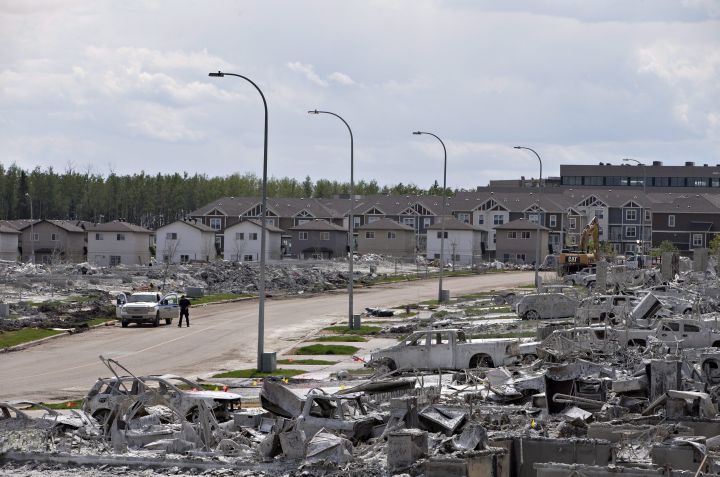





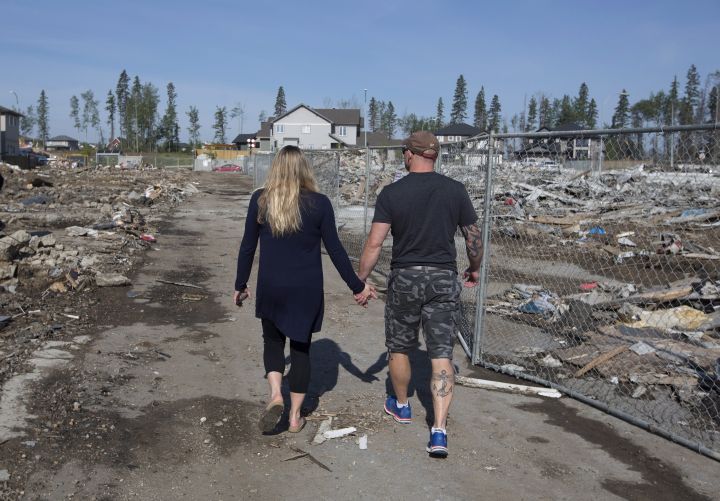















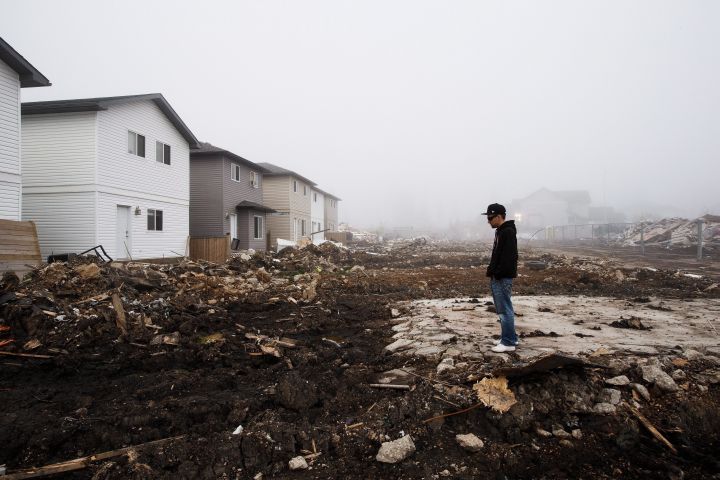













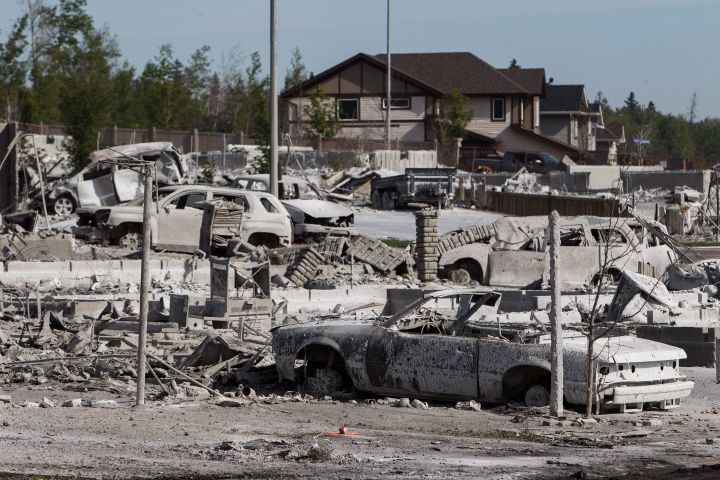












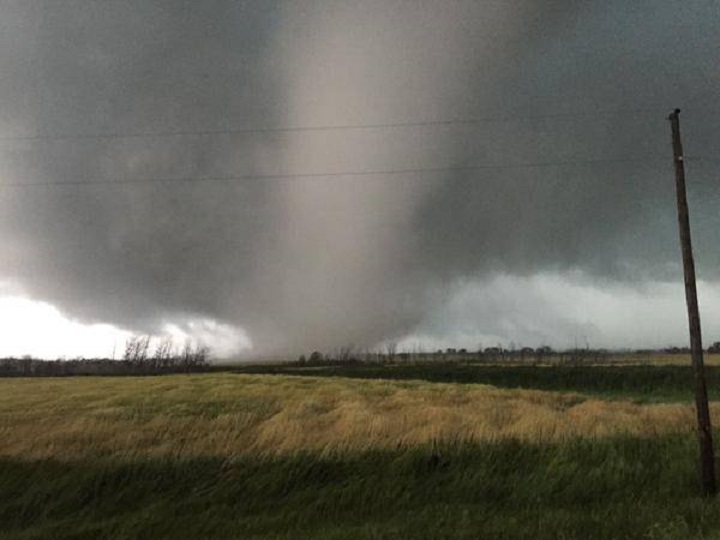
Comments